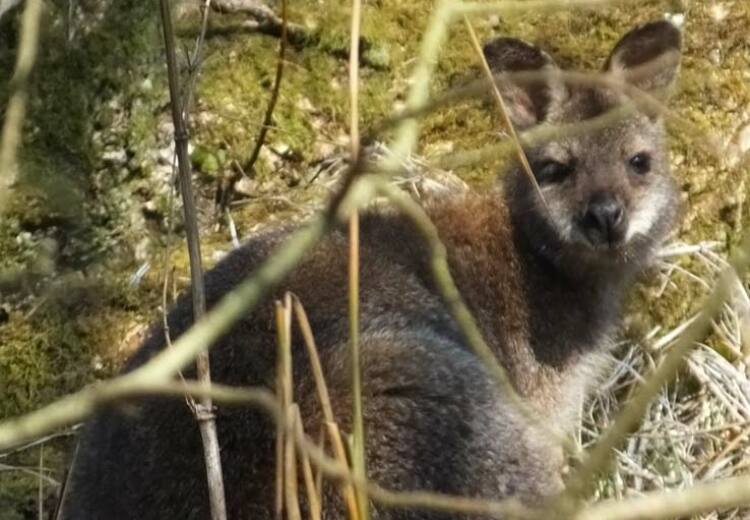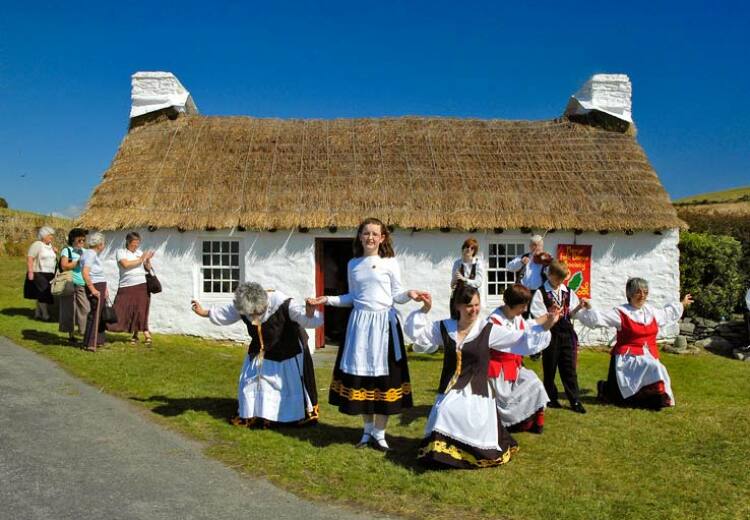News of a devastating disease of ash trees being discovered in the UK and Ireland earlier this year is raising concern as to its potential threat to ash trees on the Island.
Ash dieback, Chalara fraxinea, is caused by a fungus and has resulted in widespread loss of ash in Europe in recent years. Denmark, for example, has lost an estimated 90% of its native ash trees.
Whilst there have been no reports of Chalara fraxinea on the Isle of Man to date, the disease has the potential to kill many thousands of trees if it reaches the Island. It is a serious threat to one of our most valued and much-loved tree species, which makes up around ? of hedgerow trees on the Island and is very important for wildlife, landscape value and biodiversity.
Member for Forestry, Brenda Cannell MHK said: “The very aggressive nature of the disease has prompted us to cease importation of ash trees for forestry use and I would urge tree nurseries, and others who may be considering importing ash into the Isle of Man, to join us in this ban, which is voluntary at present. We have put in place a programme to grow ash stocks for our own use from seed. We will be able to know that these are free from the disease. It is hoped that by alerting the general public, nurseries and garden centres to the disease, we can prevent its arrival and spread into the Manx countryside. Everyone’s help with this will be very much appreciated.”
Mountain ash is not related to Common Ash and is, therefore, not affected or susceptible to the disease.
Symptoms of the disease include dieback of shoots and twigs, and lesions and scarring of bark. Details of the symptoms of Chalara dieback are available on the Forestry Commission website at www.forestry.gov.uk/ashdieback.
The Department of Environment, Food and Agriculture’s (DEFA’S) focus at the present time is to discourage importation of potentially infected tree stocks, winter and early spring being the season for the buying and planting of trees.
DEFA continues to make committed efforts to control Dutch elm disease across the Island and also Phytophthora ramorum (sudden oak death) within its plantations at Ballaugh and West Baldwin.








